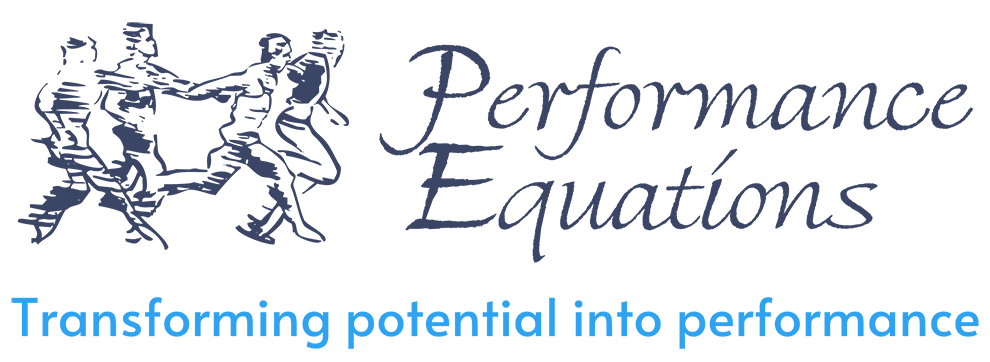The Challenge
How do you get all members of a team to feel valued and contributing to the business after an acquisition?
Our clients, senior managers of the European division of a global technologies company, were less than happy with the level of human integration and teamwork after a recent acquisition.
Post-merger, an employee survey had shown a significant downward trend in cross-functional teamwork and collaboration. Employees felt there was a real ‘them and us’ culture existing between teams and sites.
While the integration of systems, structures and operational processes were progressing, there was still a palpable resistance to change for significant parts of the workforce. Despite significant investment already made in change management workshops to help individuals deal with the transition and understand new the structures and systems, it was having a noticeable impact on the business.
Not wanting to repeat what was already felt to have failed, the European MD was looking for a different, more lasting solution.
Our Approach
Our starting point was to diagnose the tangible differences between the two former organisational cultures and how they impacted behaviourally on peoples performance. By understanding the differences in styles, communication, performance expectations and operational approaches we were able to uncover the key levers that were most influencing peoples behaviour, and unintentionally impacting on performance.
Our organisation wide diagnostics provided very robust and incisive insights into the underlying causes of the situation.
Utilised particularly before, or immediately after, M&A activity organisational diagnostics help to understand what precisely is influencing organisational effectiveness or ineffectiveness. It also enables senior decision-makers to pinpoint exactly where to take action in order to accelerate the results needed.
“My boss has never explained how the bits of the business join up. When we merged, we all thought if we keep our heads down and work hard that was all that was required.“
The diagnosis also revealed high degrees of inconsistency in how workplace performance and expectations were being managed. Disparate teams, though happy with their own workmates, were still suspicious of legacy teams and mutual misunderstanding and lack of collaboration existed.
A series of manager facilitated focus groups were run to open up free discussions and honest dialogue between teams. Greater clarity about the company’s future was achieved and ‘ground-floor’ descriptions of the type of organisation they would like to build to achieve its goals. This was quickly followed by team level research to identify what was hampering and helping team effectiveness and performance.
A common result of integration processes and restructures is that team performance can tend to be negatively affected as individuals slowly become more in-tune with the new landscape and the new working methods .
Initially, teams that have remained intact from the previous structure and who are now part of another team, close in on themselves as a ‘self-defence’ method of coping with the changes happening around them. Team members have to quickly re-adjust their inter-personal exchanges and ways of working in the context of their new situation, but they also have to work out how they will manage the handover points of partnership and collaboration with other teams in different parts of the organisation.
Our team effectiveness diagnostics helped teams to better understand and identify what was creating dysfunction at three levels: the inter-personal level, the team process level and within the context of the wider organisation. This research reinforced what our previous diagnostics had already identified regarding differences in operational style and behaviour.
It showed that teams were relying on behaviours and approaches to work that had made them successful in their previous context and situation. They soon came to the realisation that these behaviours were no longer useful in the restructured organisation and would not lead to the higher levels of inter-team collaboration required by the company.
Armed with both these sets of data and reviewing all the planned integration activities, a series of workshops were then designed and delivered for team leaders and middle managers.
The focus of the development was to equip managers to lead and accelerate change, focusing on building commitment, accelerating integration and amplifying their own and their staff’s adaptability.
By ensuring that the development content was driven by real workplace issues rather than theoretical approaches to change leadership and employee integration, the workshops resulted in very specific and differing workplace action plans for different teams.
“I finally feel part of something much bigger. At first it just felt we had been eaten by a bigger fish. Now I feel like I am in the know and can really contribute to what we are trying to achieve together and part of a much bigger company. All my colleagues feel the same.”
The Results
For many, including the European MD, the results were very surprising. Many managers reported higher degrees of cross-functional collaboration that were having a knock-on benefit to clients and the business.
Team members were finding creative and more efficient resolution to customer and operational problems. Overall performance goals were reported as being clearer and individual performance expectations and behaviours were being managed more consistently.
An organisational re-measure eight months later, showed greater union in culture and style between legacy teams, and larger employee numbers reporting appreciable commitment to achieving the goals of the new, merged organisation.
The European MD expressed satisfaction with the performance improvement, but particularly so when 12 of the 15 major integration projects achieved their goals four months ahead of schedule, saving the company a considerable amount of investment.
For more information on how we can help your integration and teamwork post merger give us a call.

